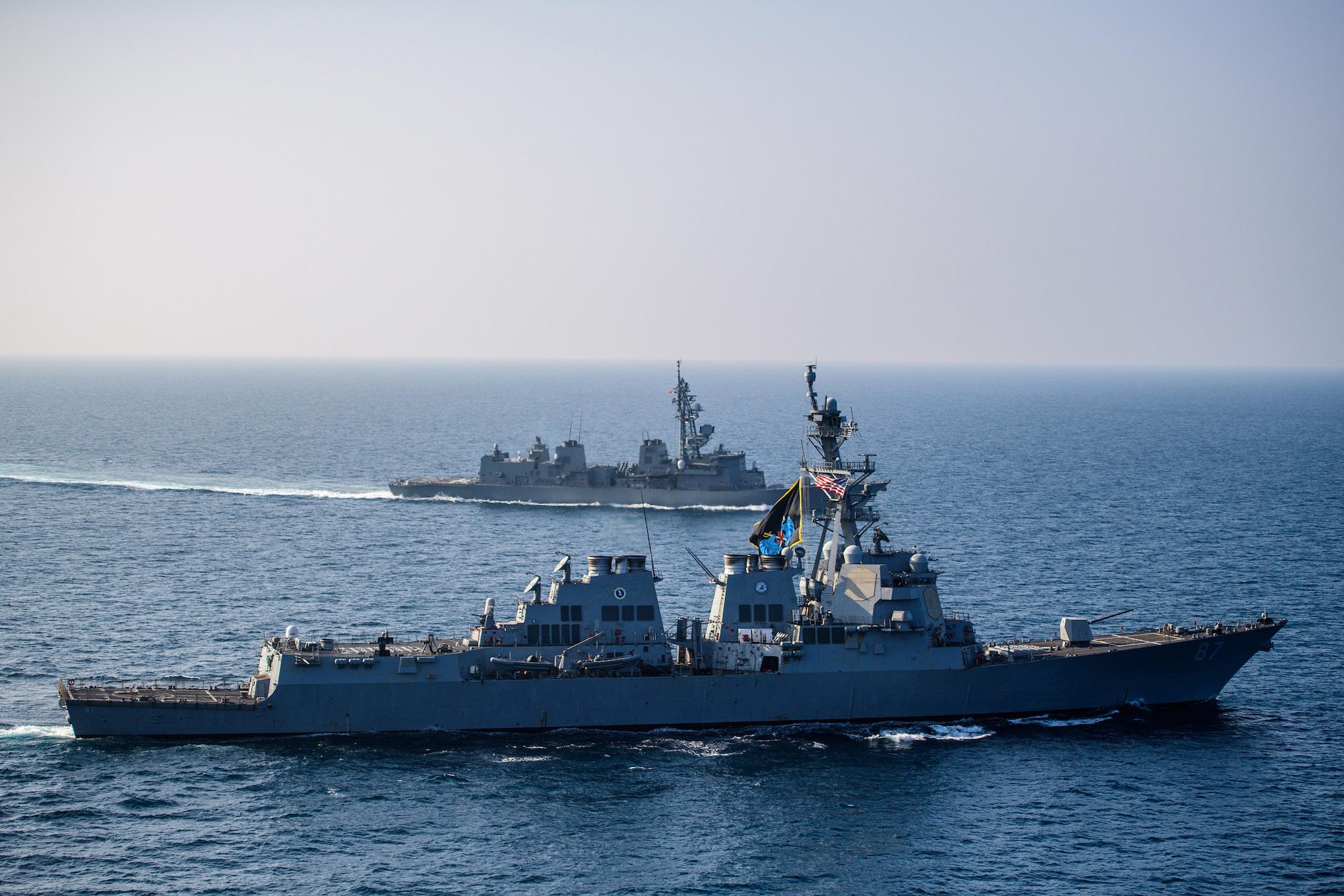Secretary of the Navy Carlos Del Toro has approved a comprehensive plan to revitalize the Military Sealift Command (MSC) and strengthen fleet logistics support capabilities to address mounting workforce challenges.
The initiative comes as MSC, which manages a fleet of 140 logistics supply ships with 7,000 mariners, faces unprecedented recruitment and retention challenges. The command’s workforce crisis reflects a broader national trend in the U.S. merchant marine, where attracting qualified American personnel for sea-based positions has become increasingly difficult. In recent years, MSC has also taken on expanded logistics duties and faced increased demands for Navy operations, which has intensified workforce strain and worsened recruitment and retention issues.
The initiative will also include strategic fleet restructuring, including reassigning crews to higher-priority vessels, a move designed to create more predictable work schedules and address overdue crew reliefs, as well as placing some MSC logistics support ships into extended maintenance periods.
“Our civil service mariners play invaluable roles providing continuous logistics support to our deployed naval forces, and they are working overtime to sustain that mission globally,” Del Toro said. “This initiative will not only address operational logistics challenges we face now, it will ensure that Military Sealift Command has policies, programs and incentives it needs to recruit and retain future generations of civil service mariners.”
Prior to the announcement, MSC Commander Rear Adm. Philip Sobeck told reporters that the plan will involve placing up to 17 ships into extended maintenance or planned inactivation by the end of 2026, aligning with reporting in August that MSC was drafting a plan to sideline a number of support ships due to a shortage of qualified mariners.
No specific vessels were listed, however, the affected vessel categories will include Fleet Replenishment Oilers (T-AO), Dry Cargo/Ammunition Ships (T-AKE), Expeditionary Fast Transports (T-EPF), and Expeditionary Sea Bases (ESB), the Navy’s announcement said.
While Sobeck acknowledges that addressing these workforce challenges “will take time”, the initiative represents a crucial step toward ensuring the long-term sustainability of the nation’s naval logistics capabilities.
The initiative aligns with Del Toro’s broader vision for a new Maritime Statecraft, aimed at reinvigorating America’s maritime capabilities in an era of strategic competition.

 Join The Club
Join The Club











